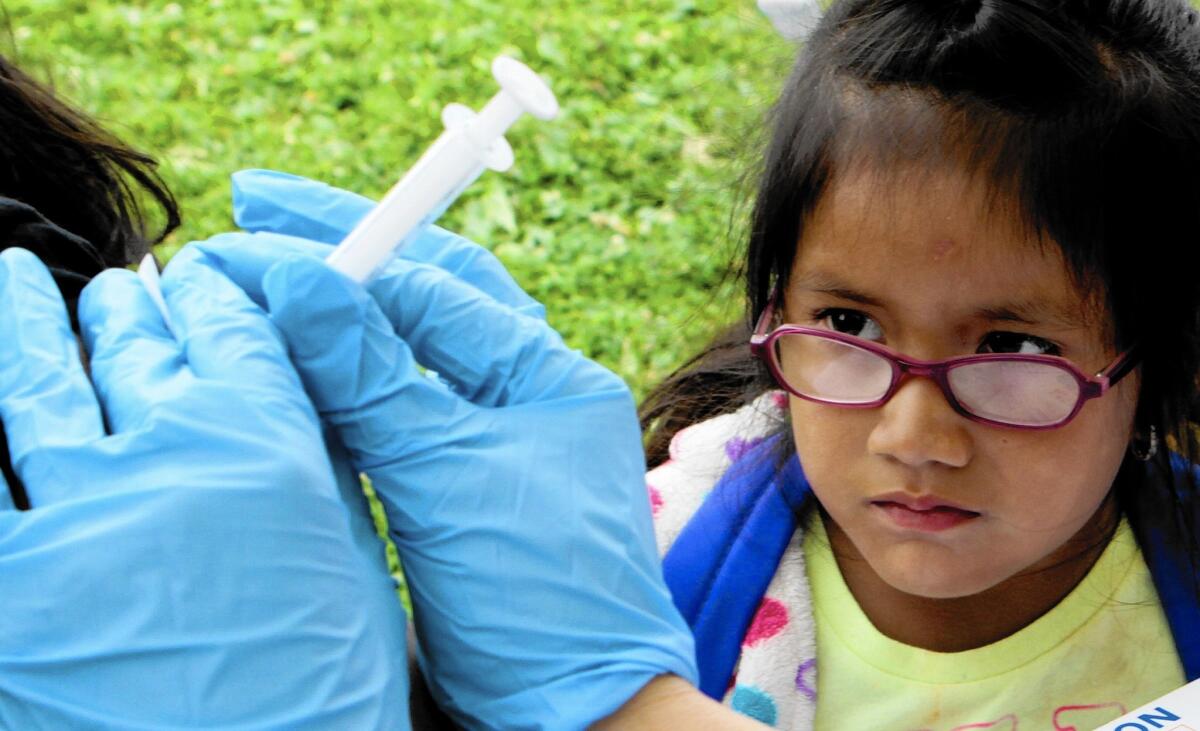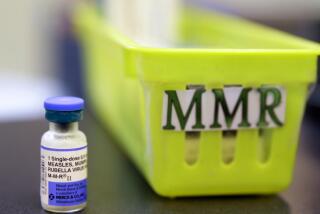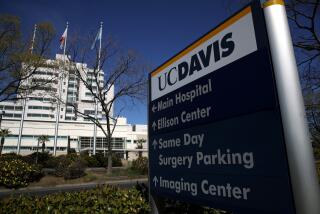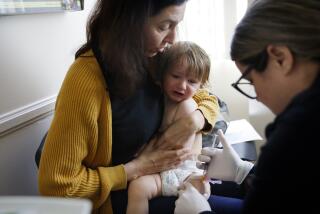Why did so many California kids get whooping cough despite being vaccinated?

When California had its biggest pertussis outbreak in more than half a century in 2010, the kids who fell sick most were 10- and 11-year-olds.
That struck public health experts as odd.
Children receive five doses of the vaccine that protects against the illness — also known as whooping cough — by the time they’re 6, so that population should have been fully inoculated.
Thinking the vaccine’s effectiveness might drop after a few years, California officials began requiring a booster dose for students entering seventh grade, around age 11 or 12.
But then in 2014, there was another rash of whooping cough in the state, even worse than the previous one.
Ten- and 11-year-olds were again hit hard, but this time 14- to 16-year-olds suffered the most — the very population who had gotten the original vaccines and the booster shot.
So what happened?
That’s what researchers from the Kaiser Permanente Vaccine Study Center set out to investigate, publishing their findings Thursday in the journal Pediatrics.
I think we were hoping the Tdap booster would counteract what happened in 2010. Unfortunately, it didn’t.
— Dr. Nicola P. Klein, lead researcher
They determined that protection from the booster dose — called Tdap — wanes quickly.
“I think we were hoping the Tdap booster would counteract what happened in 2010,” said Dr. Nicola P. Klein, the lead researcher. “Unfortunately, it didn’t. It worked pretty well for about a year and unfortunately it doesn’t work well after that.”
The study analyzed diagnosis data from children who receive healthcare from Kaiser Permanente in Northern California, which serves about 3.5 million people.
Earlier studies have found that protection from the set of pertussis vaccines that kids receive by age 6 — called the diphtheria-tetanus-acellular-pertussis vaccine, known as DTaP — also drops after the last dose is administered. One Kaiser study found that protection fell 42% per year on average.
The reason researchers are just seeing the effects of this vaccine is because kids used to get a different version, which offered immunity for a longer period of time.
In the 1990s, children in the United States began receiving the current acellular vaccine because the whole cell vaccine caused side effects such as fever.
That’s why the 2010 outbreak was so severe for 10- and 11-year-olds and not also older kids. Children older than about 11 in 2010 had probably received the whole cell vaccine as infants, and still retained some protection from it.
Experts say they’re unlikely to switch back to the whole cell vaccine because it sometimes caused convulsions and severe fevers, which could be especially dangerous for babies who receive their first dose when they’re as young as 2 months.
So Klein, who is co-director of the Kaiser Permanente Vaccine Study Center, said she wants the study’s findings to begin a conversation about how to better administer the booster Tdap, known as tetanus toxoid, reduced diphtheria toxoid and acellular pertussis vaccine.
See more of our top stories on Facebook >>
She said that officials should consider switching from the age-based vaccination schedule, and instead think about offering the shot to kids before an outbreak is expected, “on a more targeted basis,” so that their immunity won’t have dropped when they’re exposed to whooping cough.
Klein said that it’s an especially important issue because the number of Californians who have only ever received the short-lived acellular vaccine is growing, creating conditions for bigger and bigger outbreaks.
“They’re just becoming a larger pool of young adults who are now susceptible,” she said.
Twitter: @skarlamangla
ALSO
Time expires on claims for winning $63-million Lotto jackpot
How are Muslims around the world reacting to Obama’s visit to a mosque?
How a Lincoln High teacher gets all his students to pass the AP Calculus exam







